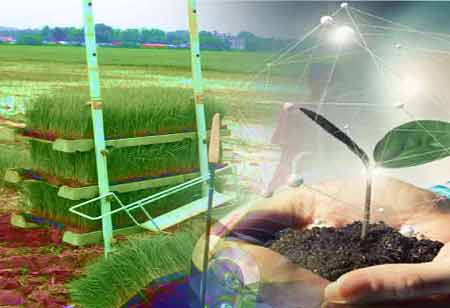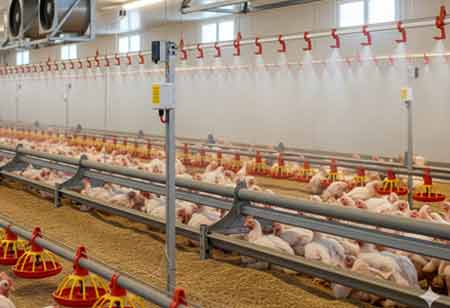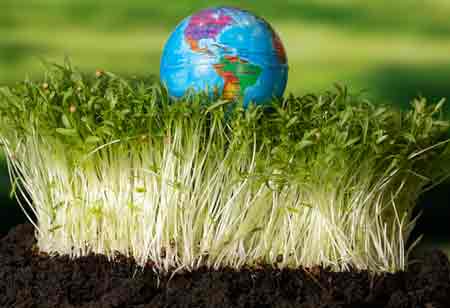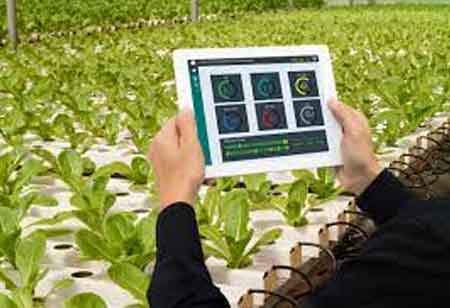Thank you for Subscribing to Agri Business Review Weekly Brief
Data Analytics Improves Agricultural Yields
The agriculture industry faces significant challenges.

By
Agri Business Review | Tuesday, January 10, 2023
Stay ahead of the industry with exclusive feature stories on the top companies, expert insights and the latest news delivered straight to your inbox. Subscribe today.
Modern data modeling techniques can improve the living standards of farmers and, thus, the entire country through agriculture and improving agricultural output.
FREMONT, CA: The agriculture industry faces significant challenges. With a growing population, agribusinesses must feed more people with fewer resources as farmable land shrinks.
How can data analytics improve crop yield?
A growing number of data-driven decisions are taking place in the agricultural sector, leading to higher productivity and greater consumer transparency. Technology has enabled the collection of soil, water, and mineral data for optimization and smart decisions. IoT enables farmers to study, analyze, and process information more easily.
Crop Selection: By identifying which crops to grow during a specific season, data analytics can improve yields. Crop rotation can increase active crop time, resulting in higher yields, but choosing the right plants for each season can be difficult. Analyzing data makes the process more accurate and faster.
Managing resource consumption: In the future, IoT soil sensors could monitor moisture and nutrients in the ground, allowing irrigation and fertilizer systems to be adjusted accordingly. As a result, the plants get the nutrients they need without wasting resources.
Developing these precision systems is also an important part of becoming more sustainable. Farming sustainably can be challenging because even cows emit greenhouse gases, and large farms often require a great deal of energy. Minimizing consumption by adjusting to real-time needs is vital for reducing farms' ecological footprints.
Monitoring plants' health: Pests hurt Farmers' profit margins most often. Modeling and data science can help estimate pest patterns and behavior changes based on advanced algorithms. The analysis of data from soil sensors can help determine the health of plants based on how they consume nutrients and grow. Another option is to use machine vision systems to analyze footage taken by drones or other cameras to identify disease or nutritional deficiencies. This information allows for quick, effective action to be taken.
Protecting plants in transit: Analytics models can find optimal routes using real-time vehicle location data provided by telematics systems. With these insights, fleets can become more efficient by avoiding congested areas or other inefficient routes. In turn, this will result in crops spending less time in transit, meaning the crops will not spoil before they reach their final destination.
Real-time shipment quality monitoring is possible with other IoT systems. The sensors can detect a malfunctioning refrigerated trailer and alert the drivers. Agribusinesses can maximize profits by delivering crops safely before they go bad.
Farms today must embrace data, Agribusiness may be new to data analytics, but the practice is becoming increasingly important. With fewer resources, farms must capitalize on analytics technology to feed more people.





